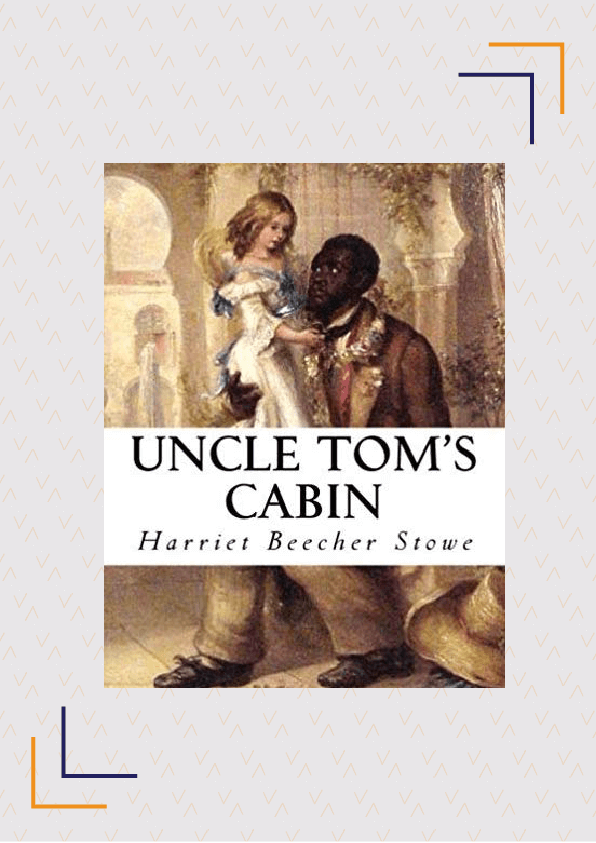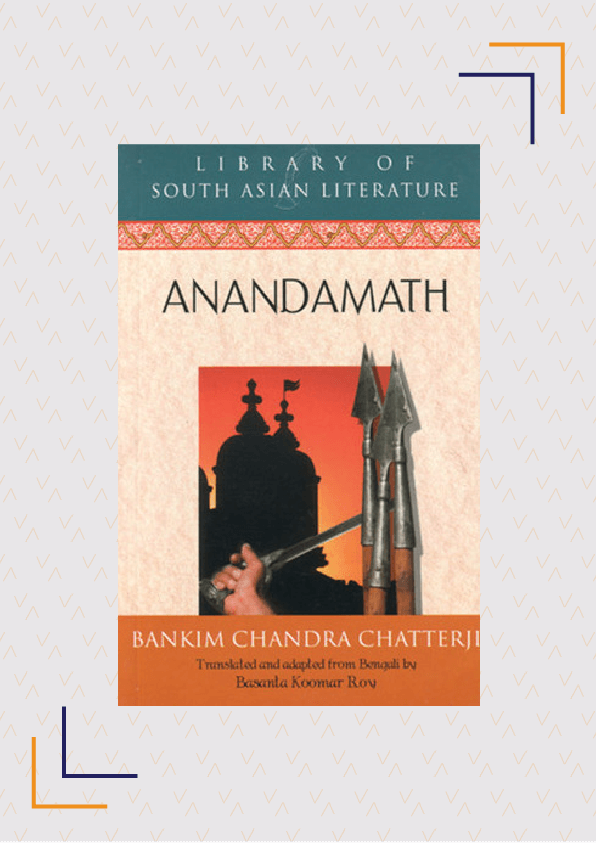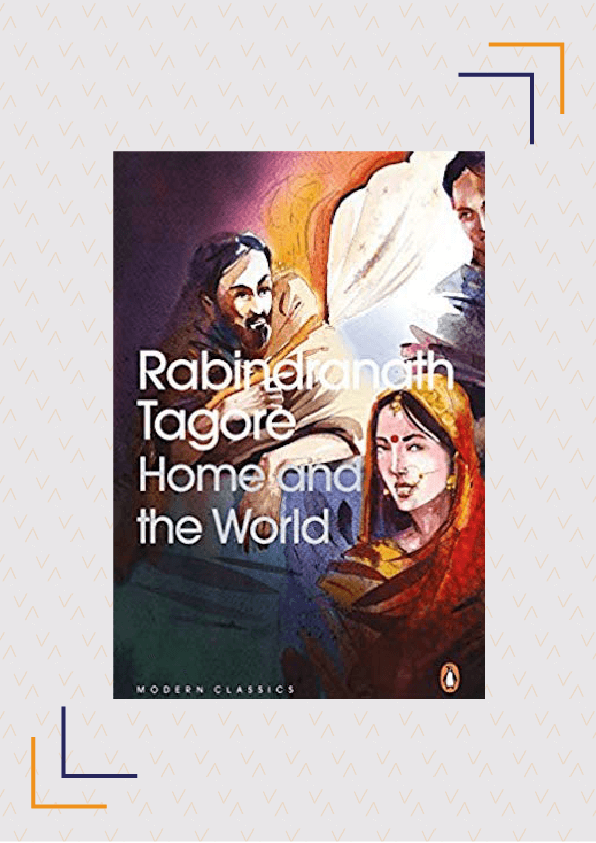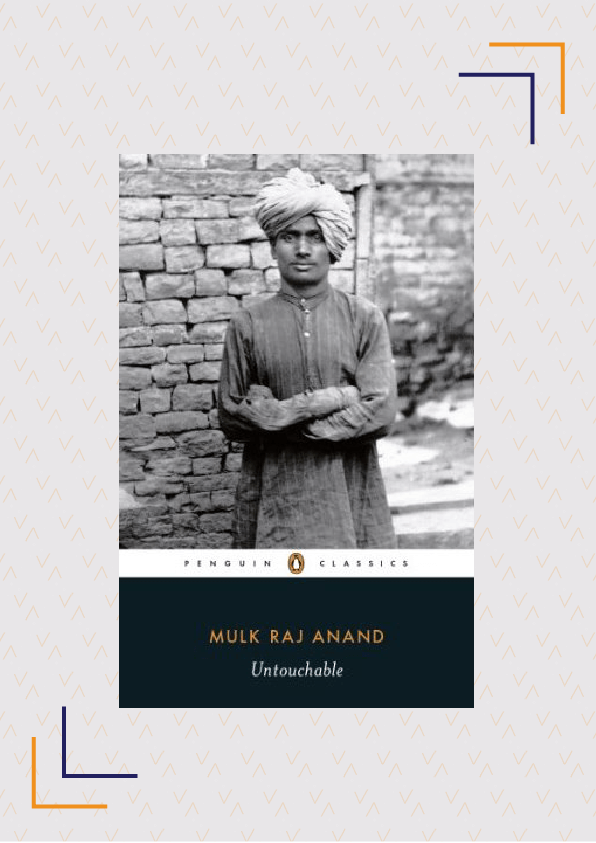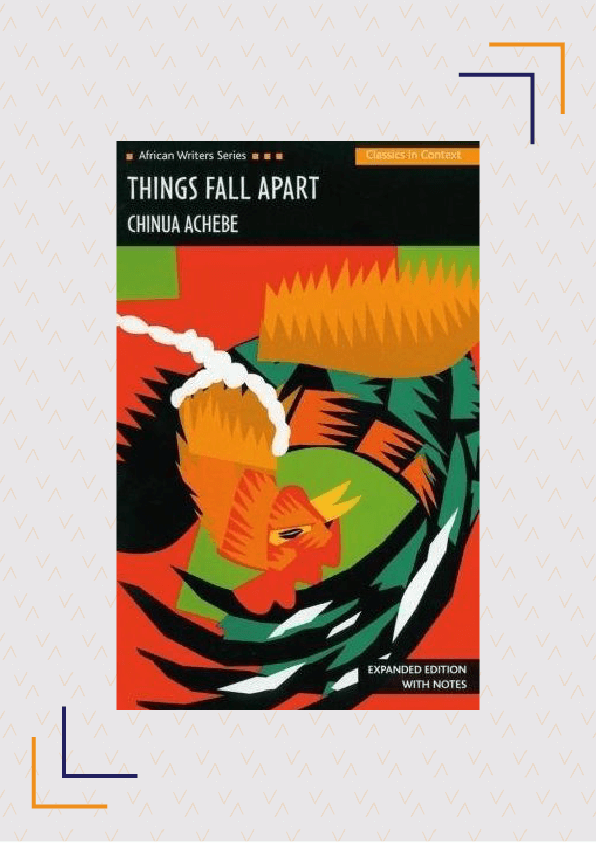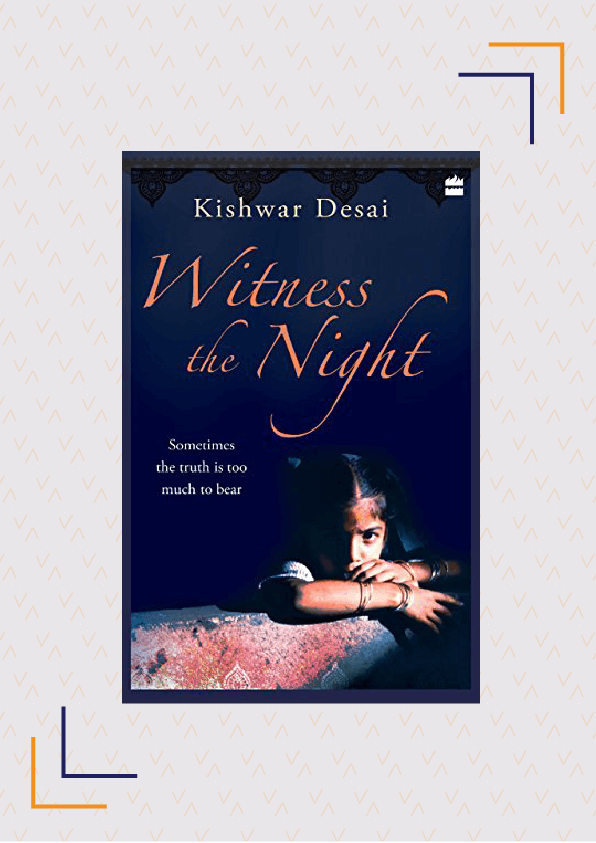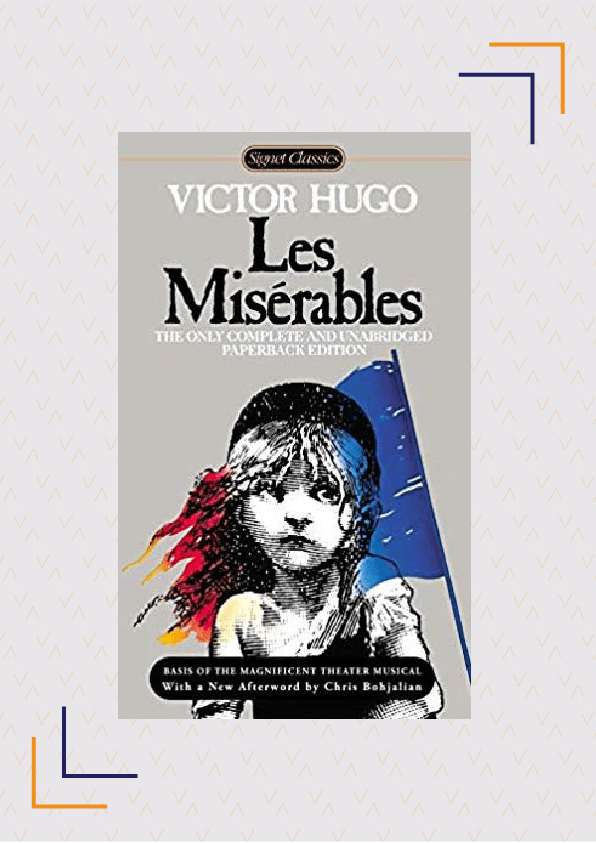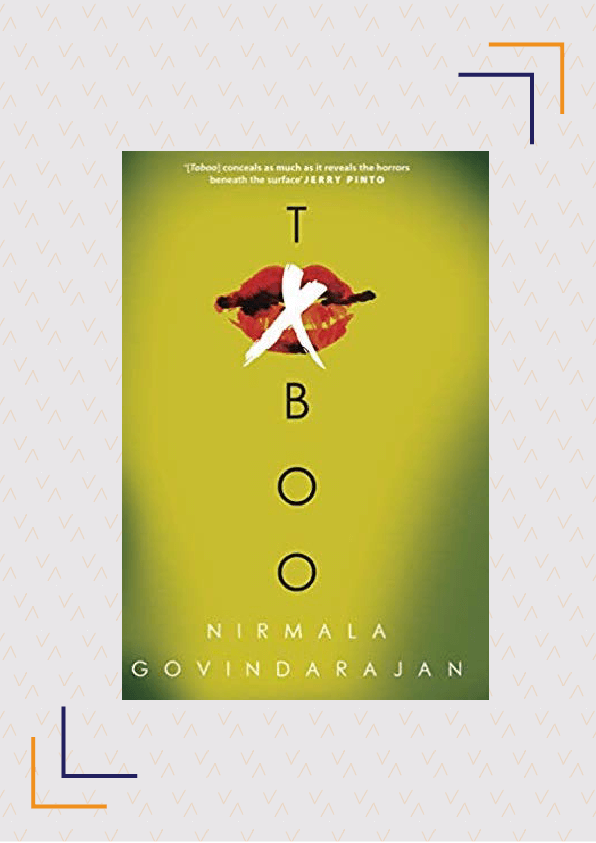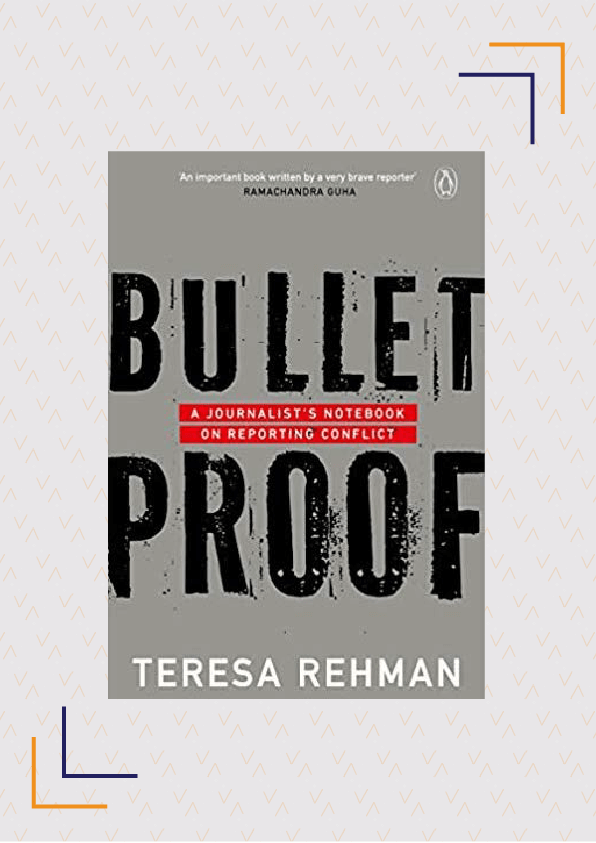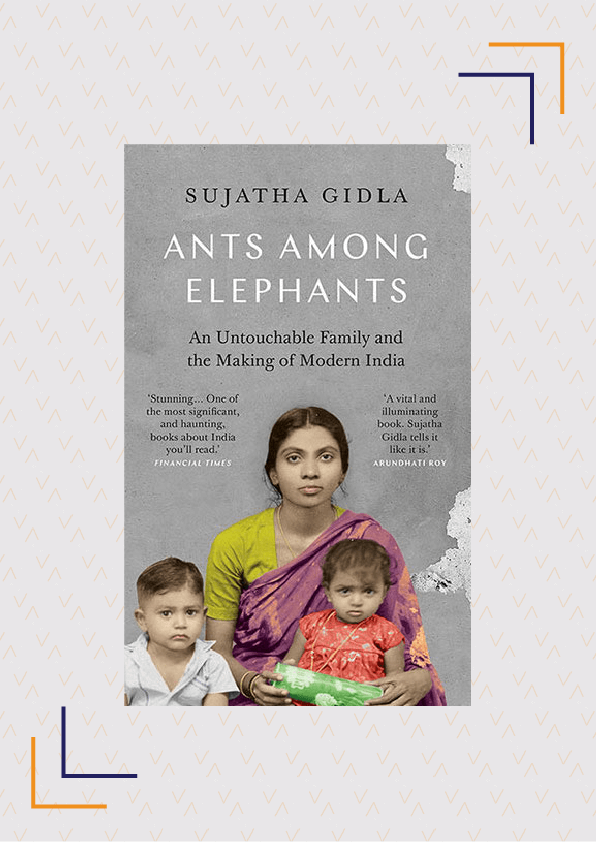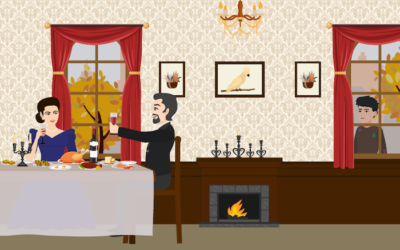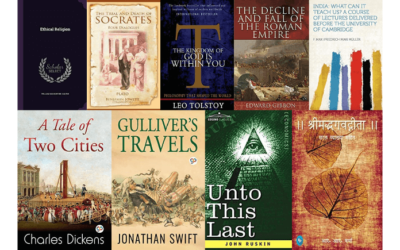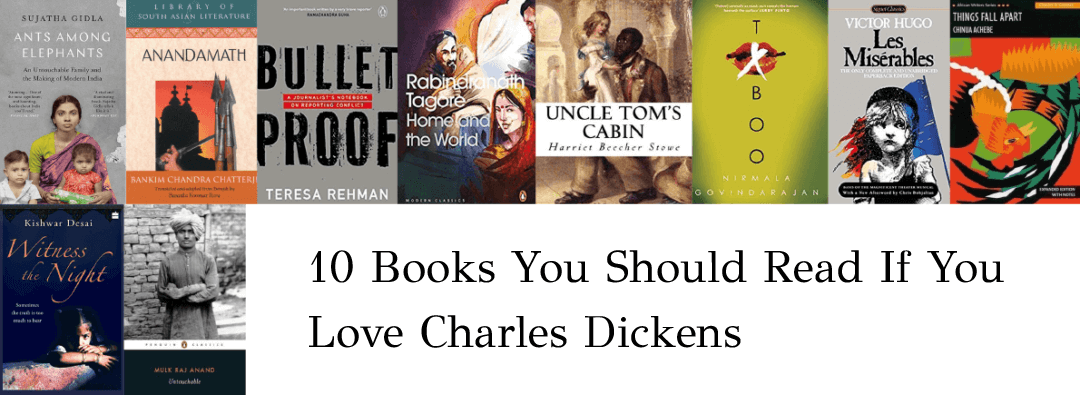
Charles Dickens offers a brutally honest commentary of the society he lived in through his novels. His unique style of writing, termed ‘Dickensian’, has been characterised by its realistic and journalistic quality, vivid characters, wit, humour, and a portrayal of the dark side of society, namely the issues of child labour, the class system, the French Revolution, the English legal system and religion.
On the occasion of his birthday, take a look at these novels that offer a scathing critique of society and issues of caste, race, female infanticide, colonisation and trafficking. Each of these revolutionary books have contributed directly or indirectly to changes in society around them.
01
Uncle Tom’s Cabin
Harriet Beecher Stowe
An anti-slavery novel published in 1852, Uncle Tom’s Cabin is considered to have caused a reaction to the fugitive slave laws, thus becoming one of the contributing causes to the Civil War. The protagonist of the novel, a slave named Tom, is sold and placed on a riverboat where he befriends a young white girl named Eva. After Eva dies, Tom is sold to a vicious plantation owner highlighting the plight of slaves like himself. It had a profound effect on attitudes toward African Americans and slavery in the U.S. by dramatically shifting public opinion about slavery and fanning the flames of the abolitionist cause that eventually destroyed the institution.
Buy it here.
02
Anandamath
Bankim Chandra Chatterjee, Basanta Koomar Roy (Tr.)
Set during the Bengal famine of 1770, Anandamath acted as a wakeup call for many Indians to contribute to the freedom struggle. The story follows a married couple, Mahendra and Kalyani, who are separated after leaving their famine-affected village. They are found by the Sannyasis, a rebel group, whose members are willing to sacrifice their lives in the fight against injustice and oppression. When Mahendra is tempted to join their cause, he is told that he must give up his wife and child and dedicate himself completely to the service of Mother India. Even after the book was banned under the British Raj, the poem, ‘Bande Mataram’, from the book became extremely popular among the freedom fighters. The first two stanzas of the poem were adopted as India’s National Song after Independence.
Buy it here.
03
Home And The World
Rabindranath Tagore
Home And The World is set during the time of the Swadeshi movement in India. Written in autobiographical form, it can be read as a social commentary on the emerging nationalist sentiment in early 20th century India that led to various national and regional campaigns. These campaigns had militant and non-violent ideas, all of which had the common goal of ending British colonial rule. The book is also a commentary on the changing institution of family, and the emergence of the independent and more modern woman at the time through its characters.
Buy it here.
04
Untouchable
Mulk Raj Anand
Set in the fictional town of Bulashah, Untouchable is a novel of social protest on the eradication of untouchability. It recounts a day in the life of Bakha, a young sweeper, whose family is considered untouchable. The story starts with Bakha’s father yelling at him to get out of bed and go clean the toilet of a high-caste man. Later in the day, he is brutally beaten by another high-caste man who accidentally brushes past him. Bakha also finds out that his sister was sexually assaulted by the local priest. Through the story, Mulk Raj Anand demonstrates the despair and helplessness experienced in the daily life of an untouchable.
Buy it here.
05
Things Fall Apart
Chinua Achebe
In Things Fall Apart, the socio-political aspects of African society are commented upon by Chinua Achebe, offering valuable insight on the friction between the members of the Igbo society as they confront the intrusive colonising presence of Western government and beliefs. Achebe does this through the life story of Okonkwo, a traditional African warrior. As Okonkwo matures and moves through early adulthood, the reader learns about the events in his life that shape the man he eventually becomes. At its heart, the novel addresses the various misconceptions about African culture being savage and primitive while portraying it as having a religion, a government, a system of money, an artistic tradition as well as a judicial system.
Buy it here.
06
Witness The Night
Kishwar Desai
Witness The Night by Kishwar Desai does not let us forget that female infanticide is a very prevalent social evil, even in modern India. In a small town in northern India, a young girl is found severely beaten and barely alive, along with the lifeless bodies of 13 other people in a house that is ravaged by fire. While the girl is accused by the local police for the murders, Simran Singh, an independent-minded unconventional social worker, is convinced that the girl is innocent. In her quest for the truth, Simran discovers a terrifying web of deceit that will change her forever. The plague of sexism, police corruption, and infanticide highlighted by this mystery plunges readers into the savage heart of modern India.
Buy it here.
07
Les Misérables
Victor Hugo
Victor Hugo’s classic, Les Misérables, interweaves the social and spiritual threads of human life and is a call to justice as it follows Jean Valjean, a convict who begins to see the virtue in being good and attempts to turn his life around. It condemns the unjust class-based social structure in 19th century France that turned good people into criminals and beggars. Hugo makes a case for the elimination of crime and poverty through universal education, a criminal justice system that focusses on rehabilitation rather than punishment, and the more equal and humane treatment of women.
Buy it here.
08
Taboo
Nirmala Govindarajan
Taboo speaks of what is often left unspoken in Indian society – the rise in trafficking and an unhelpful judicial system. In the book, author Nirmala Govindarajan dives into underage trafficking and the criminal underbelly of India through the protagonist, Erendira, who is striving to uncover the identity of a sex worker. Travelling from Himalaya to Ooty, and down to Sri Lanka, Erendira catches glimpses of many traditions and cultures during her journey, while questioning government actions to eradicate this heinous practice.
Buy it here.
09
Bulletproof: A Journalist’s Notebook On Reporting Conflict
Teresa Rehman
Teresa Rehman chronicles how reporting from the North-East is like walking on a tightrope in her novel, Bulletproof. She talks about her experience as a female combat journalist in North-East India and focusses on the collateral damage of conflict. This collection of rare stories details the impact of conflict on women, children, and even the environment, sanitation and health. Bulletproof is an important book that shows us the reality of one of the most under-reported regions in the world.
Buy it here.
10
Ants Among Elephants
Sujata Gidla
This autobiography is a social commentary of prevalent discrimination on the grounds of caste. It is the tale of a Dalit family who converted to Christianity. Born in poverty in an unjust world, Sujata Gidla’s mother and her uncles lived in the slums of Elwin Peta in Andhra Pradesh. Her eldest uncle joined the Communist Party while her mother fought against caste, sexual discrimination, and oppression. Ants Among Elephants is the extraordinary journey of a family overcoming the hardships and struggles of poverty and untouchability to have a decent life with good education and true freedom. The book is an account of Gidla’s family, tracing the trajectory of their lives from her grandparents till her own. The narrative explores the disguised forms that discrimination takes on in modern India and shows the all-pervasive roots of the caste system in the country.
Buy it here.

A lover of various kinds of artistic output and practitioner of a few herself, Eleanor Pinto is currently pursuing her Master's degree in English and draws her inspiration from artists ranging from Chopin and Beethoven to Dali and Kahlo. She believes that she lives in a world where the lines between the literary and the real world are blurred. And that, for Eleanor, contains endless possibilities.
You can read her articles here.

